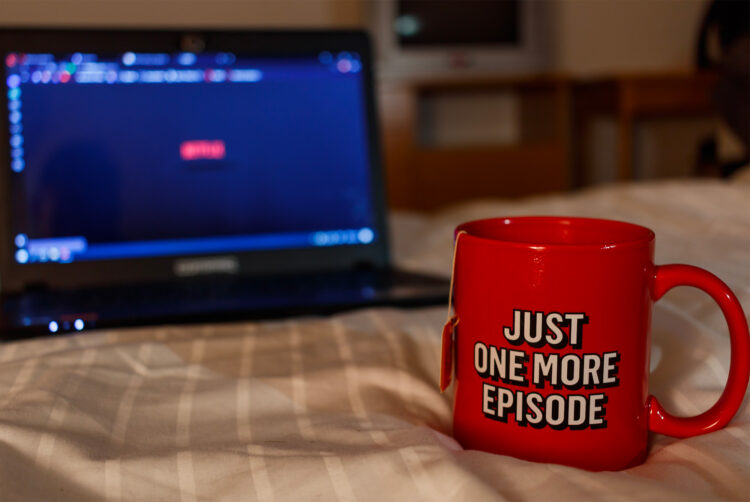With VOD on the rise, don’t fall into the digital trap

Opinion: Strategy Leaders
Advertisers would be well-advised to treat the growing AVOD market as an opportunity akin to broadcast, not just digital.
The video on-demand (VOD) landscape is growing, as we have seen during this month’s Future of TV Advertising Global event. And with two big subscription video on-demand (SVOD) platforms now entering the ad supported video on-demand (AVOD) market, Netflix and Disney+, I felt a lot of excitement in the room.
But, I also heard questions about whether we will ever be able to eliminate waste on TV with TV shifting more and more to digital. And that thought made me nervous.
Because with digital TV solutions like VOD we have very valuable opportunities now to get closer to our target audience in terms of interest and behaviour. This is great because it eases the manual planning of cherry picking relevant context hoping that these audiences sit there and watch what we believe fits to the audience.
But abusing these new and ever-growing opportunities will lead to issues we have seen in digital, like over-optimising the hell out of campaigns and losing sight of basic marketing principles such as the need to continuously build up maximum reach among a broad but defined audience that mainly includes potential customers in order to grow.
When going too niche you are preaching to the already converted and are wasting valuable media investment.
TV is a broadcast channel and that is its strength.
TV builds up reach fast and can reach prospective as well as existing customers. TV builds up brands and shifts sales. Depending on your media target (awareness or sales in this instance) you can maximise this channel within your given budgets and means.
VOD offers the chance to reach audiences that rarely and very selectively watch linear TV. It is also more accessible for brands with limited budgets. But it still has the strength to reach a large audience via a big screen, providing more chance of getting attention than any small device can via mobile, social video or any other digital small screen platform. Lumen has proven the effectiveness and efficiency of TV when measuring for attention.
When somebody says “Great, we can now apply the same logic we applied to digital to TV,” I want to shout at them “NO! Don’t you dare!”.
Yes, be more targeted and smart about building up maximum reach in a relevant audience (interests and behaviour are significantly more relevant than demographics). But do not try just to reach your existing audience or the one you think your customers are. Please use this opportunity to reach new audiences. Test and learn and expand!
A refreshing ambition from Netflix
Netflix’s approach of wanting to align with TV measurement rather than digital measurement was music to my ears.
There is a lot to learn from “traditional” offline media (which now also moves more and more digital).
Without over-optimising and analysing ourselves to death to metrics because they are there, but not because they are relevant or meaningful for mid- and long-term planning, these channels have for years proven that they work along the whole funnel. And the top and mid funnel are the most crucial ones for growth (back to basics again).
That was very refreshing to hear that from a company that left the offline world years ago and now appreciates the value of offline measurement, even though they are now a 100% digital provider of content.
 Nina Franck is an independent comms and media planner
Nina Franck is an independent comms and media planner
Strategy Leaders: The Media Leader‘s weekly bulletin with thought leadership, news and analysis dedicated to excellence in commercial media strategy.
Sign up for free to ensure you stay up to date every Thursday.




